The Kingdom of Saudi Arabia has engineered one of the most remarkable capital markets transformations in modern emerging market history. What began as Vision 2030’s blueprint for economic diversification has evolved into a sophisticated IPO ecosystem that peaked at SAR 37 billion ($9.9 billion) in 2022 and continues to dominate regional capital flows. By Q1 2025, Saudi IPOs accounted for 12 of the region’s 14 deals, amassing $1.8 billion on Tadawul and $69 million on Nomu. This isn’t simply about volume, it’s about creating a new financial architecture that has fundamentally altered how capital flows through the Middle East.
MENA IPO overview
| Period | Count | Proceeds | Notes |
|---|---|---|---|
| Q2 2025 | 14 IPOs | US$2.5b | Direct listings: None |
| H1 2025 | 28 IPOs | US$4.9b | Direct listings: One |
| H1 y-o-y change | +16.67% IPOs | +28.12% proceeds | H1 2024 vs H1 2025 |
Source: EY Parthenon, MENA IPO Eye Q2 2025 Report
The Structural Foundation: Dual Markets, Deep Impact
Saudi Arabia’s IPO boom reflects the successful transition from hydrocarbon dependence toward capital markets-driven economic growth. The Tadawul All Share Index (TASI) gained 11.8% from 2021-2024, reaching beyond 12,000 points, while market capitalization soared to SAR 10.2 trillion (~$2.7 trillion) by end-2024 (Tadawul Group; EY, Global IPO Trends Q2 2025).
The establishment of Tadawul for blue chip listings and Nomu for high-growth companies created differentiated access pathways that deepened market inclusivity. This dual structure enables companies across development stages to access funding efficiently while providing investors with risk-appropriate opportunities, resulting in a more robust listing environment that accommodates both established enterprises and emerging growth companies.
Sectoral Transformation: Beyond Oil’s Shadow
The sectoral composition reveals strategic economic rebalancing. Real estate leads at 28%, followed by healthcare (24%), financial services (21%), and consumer/retail (17%). The expanding focus on technology, utilities, renewables, and life sciences demonstrates the strategic intent creating financing mechanisms for Vision 2030’s priority sectors.
Notable 2025 transactions include Umm Al Qura for Development ($523 million, real estate), Almoosa Health Group ($450 million, healthcare), and Derayah Financial ($400 million, finance). These deals reflect not just capital raising but the emergence of new industry champions positioned to drive long-term growth beyond traditional oil revenues (BDO: Saudi Arabia’s Capital Market Reforms and IPO Momentum).
The Retail Revolution and Market Dynamics
The surge in retail investor participation, enabled by Tadawul’s comprehensive digitization, represents perhaps the most significant structural change. Fintech enabled platforms have simplified onboarding processes, creating unprecedented IPO access for a new generation of Saudi investors while integrating investor education with wealth building opportunities aligned to national economic objectives.
Saudi IPOs continue generating extraordinary interest eight of the top ten GCC IPOs by oversubscription in 2024-2025 originated from the Kingdom.
However, performance patterns reveal market maturation. Tadawul main market listings demonstrate solid post-IPO performance with stable returns, while Nomu exhibits higher volatility alongside attractive long-term growth. Some emerging sector IPOs have experienced expected post-listing corrections, reflecting increased investor sophistication and more realistic valuations (Tadawul Q1 2025 Statistical Report, Saudi Exchange;EY Global IPO Trends and Market Analysis 2024-2025).
Regulatory Innovation and Liquidity Infrastructure
The Saudi Capital Market Authority has implemented enhanced frameworks including special purpose acquisition companies (SPACs), cross-border listing capabilities, and elevated governance standards meeting international institutional requirements. Cross-border ambitions actively pursue attracting foreign companies to Tadawul while enabling Saudi firms to access international markets creating a globally integrated capital market hub.
Secondary market liquidity expanded alongside IPO growth, with average daily traded value rebounding to approximately SAR 7.6 billion in 2024. Regulatory frameworks now encourage market maker participation across equities, ETFs, and derivatives, improving price formation and narrowing bid-ask spreads (Tadawul and CMA market reports documenting liquidity and trading volumes in 2024).
ESG Integration and International Capital
Environmental, social, and governance considerations have become increasingly prominent in IPO prospectuses, particularly among renewables, healthcare, and technology companies. While ESG practices remain nascent compared to Western markets, sustainability initiatives are rapidly gaining ground, reflecting both investor demand and alignment with Vision 2030’s framework. This proactive ESG approach positions Saudi’s IPO market to capture international flows from sustainability mandated investors.
Foreign investor participation has increased significantly, supported by liberalized ownership rules and enhanced transparency. Institutional foreign investors have become key liquidity providers on Tadawul, while Nomu appeals to venture capital and private equity, creating a virtuous cycle that enhances market liquidity and attracts additional international participation (EY MENA IPO Report Q2 2025).
Regional Dominance: Reshaping Financial Geography
Saudi Arabia commands approximately 75% of GCC IPO proceeds by early 2025, fundamentally shifting regional financial geography and increasingly challenging Dubai’s traditional hub status through superior market depth, regulatory innovation, and transaction volume. The UAE follows at roughly 15%, driven by targeted privatization and fintech IPOs, while Oman accounts for about 5%. This dominance reflects Saudi Arabia’s strategic positioning as the premier capital markets destination in the Gulf.
Much of the current IPO wave is government-driven, with the Public Investment Fund (PIF) actively rebalancing its portfolio in line with Vision 2030’s focus on expanding the non-oil economy. Infrastructure mega-projects such as NEOM and the development of new cities, coupled with Saudi Arabia’s hosting of global events like the FIFA World Cup, have elevated the Kingdom’s international visibility and unlocked business opportunities for local companies.
From a replicability standpoint, Saudi Arabia offers clear lessons: strong government backing, streamlined listing pathways especially through the Nomu market and investor confidence rooted in high-profile Vision 2030 projects have collectively fueled market growth. Nonetheless, the Kingdom’s unique combination of political structure, oil-backed fiscal resources, and the sheer scale of sovereign investment provide advantages that are difficult for other emerging markets to replicate fully (PwC Middle East IPO Watch Q2 2025; EY Global IPO Pulse Survey 2025).
IPO proceeds by country 2020 - 2024
Source: PwC Middle East. “GCC Capital Markets Watch - Q4 2024.” PwC Middle East Publications.
Forward Trajectory: Pipeline and Challenges
The pipeline remains robust with 17 companies approved for listing in 2025. Technology sectors, fintech, online retail, foodtech, and digital platforms alongside healthcare and renewables are expected to drive the next wave. However, challenges persist. Potential market saturation could strain demand, while global liquidity tightening and macroeconomic uncertainties pose external risks affecting investor appetite and valuations (Arab News; Argaam IPO Monitor,2025).
GCC IPO volume by quarter
Strategic Blueprint for Emerging Markets
Saudi Arabia’s transformation demonstrates how emerging economies can leverage capital markets as tools for structural economic change. The Kingdom’s success in diversifying sectors, deepening markets, and integrating global investors while maintaining domestic ownership creates a powerful model for other resource dependent economies seeking diversification.
In line with Vision 2030’s continued evolution, the next phase will likely focus on cross-border expansion, regulatory innovation, and the emergence of Saudi companies as regional champions with global aspirations. The Kingdom’s capital markets serve as both funding mechanisms for national transformation and bellwethers for broader economic evolution. Saudi IPOs will also play a strong role in enhancing the Saudi economy by diversifying Tadawul, giving investors more options to manage risk and returns with less correlation to the Kingdom’s oil economy.
The $10 billion question isn’t whether this momentum will continue its whether other regional markets can develop the institutional capabilities to compete with what Saudi Arabia has built. As the most successful emerging market IPO story of the past five years, the Kingdom has established a new benchmark for capital markets driven economic modernization that extends far beyond the Middle East.
Sources
- Tadawul Group; EY, Global IPO Trends Q2 2025
- BDO: Saudi Arabia’s Capital Market Reforms and IPO Momentum
- Tadawul Q1 2025 Statistical Report, Saudi Exchange; EY Global IPO Trends and Market Analysis 2024-2025
- Tadawul and CMA market reports documenting liquidity and trading volumes in 2024
- EY MENA IPO Report Q2 2025
- PwC Middle East IPO Watch Q2 2025; EY Global IPO Pulse Survey 2025
- Arab News; Argaam IPO Monitor, 2025
- Norton Rose Fulbright: The rise of capital markets in Saudi Arabia, January 2025
- Arab News: Saudi Arabia’s Vision 2030 driving capital market growth, February 2025
- BDO: Saudi Arabia’s Capital Market reforms and IPO momentum, July 2025
- Carnegie Endowment for International Peace: Vision 2030 in the Home Stretch, March 2025
- Fitch Ratings: Saudi Arabia’s Debt Capital Market Set for Growth on Vision 2030, May 2025
- Arqaam Capital: Saudi Arabia’s capital markets at the heart of economic transformation, 2025
Authors

Musa Khan Durrani, CFA
Partner

Nida Naguib, CFA, ACCA
Director

Umama Alamgir
Junior Consultant | Content


Leave a Comment